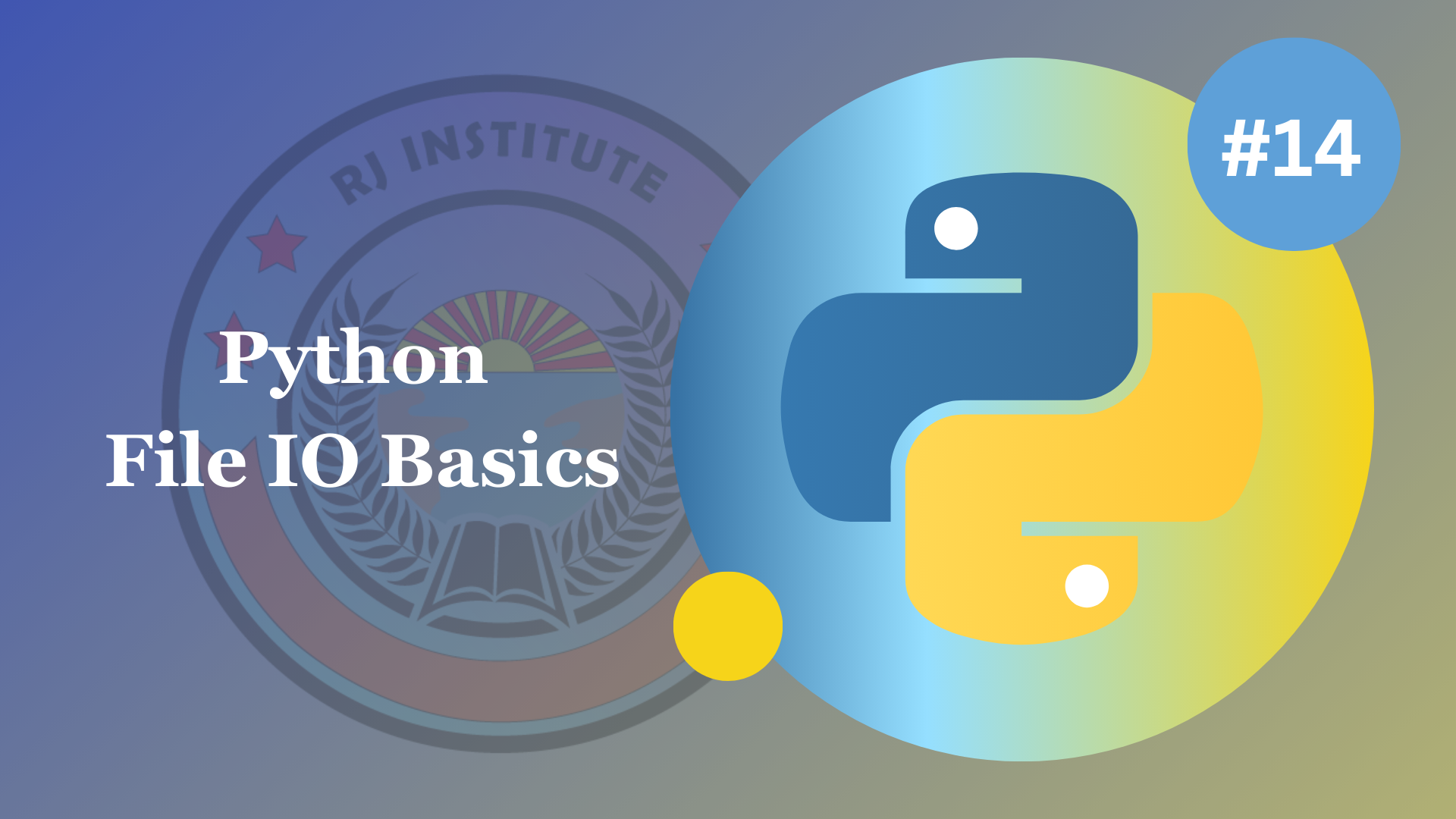

TOPIC: Python File IO Basics
Python File
In the world of programming, files are essential for storing, reading, and writing data. Python,
with its powerful and user-friendly file handling capabilities, makes it a breeze to work with
files. Whether you need to read a text file, write data to a binary file, or append information to
an existing file, Python has you covered. In this blog, we'll explore the fundamentals of Python
File I/O, from the basics of file objects to understanding the different types of files and modes
used in file handling.
Python File Objects
At the heart of file I/O in Python are file objects. These objects represent files and provide a way
to interact with them. You can open a file, read from it, write to it, and close it when you're
done. To open a file, you use the open() function. Here's how it works:
Types of File Modes in Python:
| Mode | Description |
|---|---|
| 'r' | read - Opens a file for reading. This is the default mode. |
| 'w' | write - Opens a file for writing (creates a new file or truncates an existing one). |
| 'x' | create - Creates a file if initially doesn't exists |
| 'a' | append - Opens a file for appending data to the end. |
| 't' | text - Opens a file in text mode which is the default mode (e.g., "rt" for reading text files) |
| 'b' | binary - Opens a file in binary mode (e.g., "rb" for reading binary files). |
| '+' | Opens a file for both reading and writing, i.e.; updating. |
Conclusion
Python's file I/O capabilities empower programmers to work with a wide range of files, from text to
binary, and to read, write, and manipulate data efficiently. By mastering the basics of file
handling
and following best practices, we can build powerful applications that interact with files
seamlessly.
Full explanation in the video...
Details as discussed in the video:
You can copy and run this code